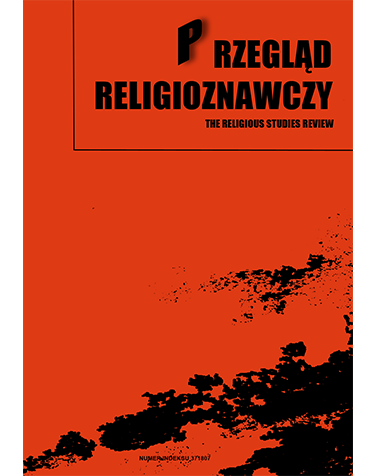Antropologia wizualna w badaniu przemian religijności – na przykładzie ikonografii cerkwi św. Jerzego we wsi Złatolist w Bułgarii
Słowa kluczowe:
visual anthropology, religiosity, iconography, Orthodox religion, cultAbstrakt
The multidimensional iconicity of the modern world leaves no doubt as to its enormous role in cultural and social communication. Visual anthropology, by providing effective tools for decoding and interpreting images, has also gained significance in the field of religiosity research. By using it to analyze images of a religious nature, we reach content that determines the direction of social and cultural changes. Sacred iconography of the church of St. George in the village of Złatolist in Bulgaria will serve as an example in reading the mental changes of Bulgarian society in the late nineteenth and early twentieth century. Focusing my special attention on the topics "Going to the healers" and "Maidens who use rouge" I will refer to the process of resemiotization, in the context of worship of an unofficial saint, a prophetess of Baba Stojna, invariably associated with this place since the beginning of the 20th century. At the same time, in-depth anthropological analysis of the quoted images will help me to show the changes in religiosity in the field of culture that I study. I will try to understand how the symbols contained in iconography, referring to specific rituals, ethics and experience of the sacred or profane, operate within the society and are produced by it.







